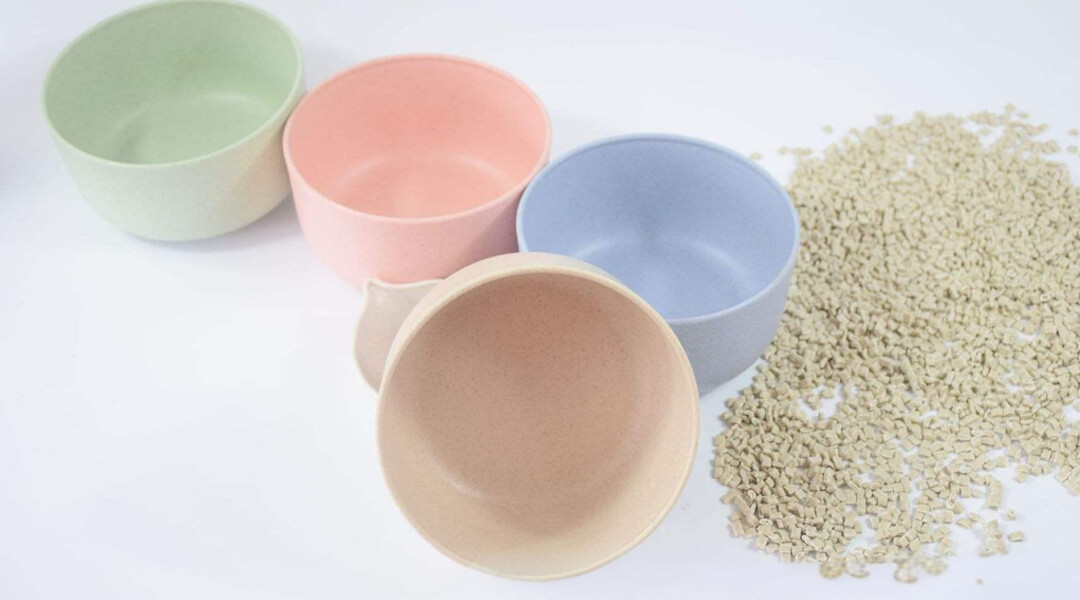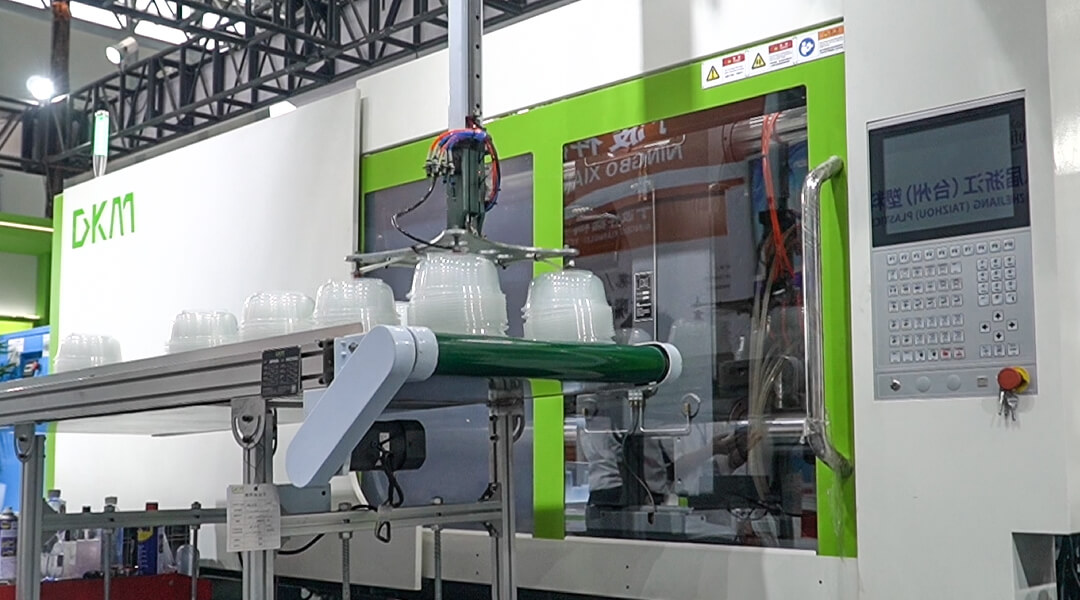

Bioplastic injection machine manufactures plastics using bioplastics obtained from renewable resource base stock such as sugar, corn, or plant cellulosic. These bioplastics can be classified as biodegradable, compostable or bio-based, which are comparatively better than regular petroleum-based plastics. The resins based on the biopolymer for the bioplastic injection moulding manufacturing process are becoming equally popular among manufacturing companies and end users. In addition, they are widely used in all fields, such as cutlery, toys used only once, bottles, and any composite production.
The importance of advancements in techniques: Recent innovations in the injection moulding technology of bioplastics have also created modified and enhanced flexible bioplastic materials with better moisture and added resistance, improving the total temperature resistance compared to normal petro-plastics. This has helped develop more robust and durable products, increasing the number of bioplastic resins in many industries.
The conventional injection moulding process is a typical technique used to process plastic material. This process requires the formation of plastic pellets and injection into a mould to create products. However, this technique has been adopted by many; like any other technique, it has weaknesses. A good number of conventional plastics are produced using petroleum, which belongs to the category of finite resources. Because society is gradually developing an environmental consciousness of the effects of using these materials, the search for better alternatives is ongoing. That is why there is an attempt to employ biobased plastics produced from biomass like sugarcane or corn starch. Such biodegradable plastic possesses compostability and biodegradability, which makes them perfect for use in single-use articles such as food wrappings.

Even in the field of bioplastic injection moulding, the growth in the industry was evident, starting from the application of renewable materials, using additives and fillers and enhanced machinery and technology. However, biopolymers manufactured from agri-sourced raw materials like sugar cane and cotton are gradually finding their way to the market as bio-based plastics. These materials can degrade in the soil or ferment in industrial premises, making them more environmentally friendly than the usual plastics. Manufacturers have also been able to effectively find ways of reusing such material, thus keeping the impact of these products on the environment as minimal as possible.
By adding various additives and fillers, the properties of bio-based plastic can be changed or modified for an application.
Several aspects can be distinguished when evaluating the efficiency of sophisticated methods within different fields. First, the effect of environmentalism, which is the application of the most advanced techniques, for instance, using polyethene instead of other traditional materials, can always be mentioned as a positive one. By using a more friendly environment and biological products, we decrease our environmental impact and, therefore, the quantity of fragile material extracted from the ground. This also assists in preserving the environment so that future generations can enjoy it and makes the image of organizations that adopt sustainable practices even better.
Second, as mentioned above, applying advanced techniques can lead to a decrease in business costs. Through integration, firms can eliminate more waste and increase productivity by finding better ways of engaging in their activities. By finding better ways of doing things, they can reduce production costs—this, in the end, results in lower prices for consumers and higher revenues for companies or increased profits. To learn more about the maintenance and optimization of your business by our team of experienced specialists in state-of-the-art techniques, you can leave the corresponding details with us and receive our estimate.
Finally, products developed through complex procedures are of high quality and performance as opposed to those that apply standard practices. Due to improved technology and the utilization of better and improved resources, products produced are of improved quality, reliability and efficiency. This leads to increased customer satisfaction and, hence, more competitiveness in the market. Moreover, in the years to come, advancement in technology is heading towards the crescendo of its heights that can be expected to propel enhanced qualitative and performance directives of the products, which will inevitably strengthen the argument in favour of availing innovations.

Opportunities and threats of innovation in the current and the future projected environment can be described as a multifaceted system of possibilities and problems. Among the remaining challenges is refining new derivatives from existing substances, which is challenging. Therefore, preparing these derivatives requires insight into the molecular level of the underlying substance and the creativity to reposition it in one way or another. This challenge is quite complex and expensive, especially regarding the necessary resources and knowledge; as such, it hinders the further evolution of the domain.
However, there are still enormous opportunities for advancement in this field and its applications. The desire for innovation of new substances is infinite; therefore, there is a vast possibility of developing new products. As the market and technologies progress, and with a better understanding of molecular dynamics, there are more prospects for using these phenomena in various fields. For this reason, the future looks bright for scientists to discover new inventions that can transform the current human society and working environment.
The significant facts of bioplastic injection moulding include bioplastic's capability to minimize the detrimental effects of the majority of plastic merchandise and the use of natural resources and biodegradable material. Additionally, bioplastic injection moulding allows companies to meet consumers' requirements for buying environmentally friendly products and meet more strict legislative standards. Also, injection moulding ensures the smooth and effective moulding of intricate shapes and works of art.
Thus, the industry needs to expand the utilization of bioplastics in injection moulding to engage in further research and development studies. Enhancing the properties and functions of bioplastics in ascertained ways allows researchers to apply them in new areas and increase their usage. The appropriate utilization of funds targeting the injection moulding of bioplastics entails emphasizing new technologies and techniques that will help cut expenses, increase productivity, and introduce quality results.
Further, several firms' current focus on lowering emissions and international issues on plastic pollution will increase the need for bioplastic injection moulding services. With more focus and investment in research and development of such technologies, enterprises will be ahead in the competitive market and be able to offer sustainable manufacturing solutions.
